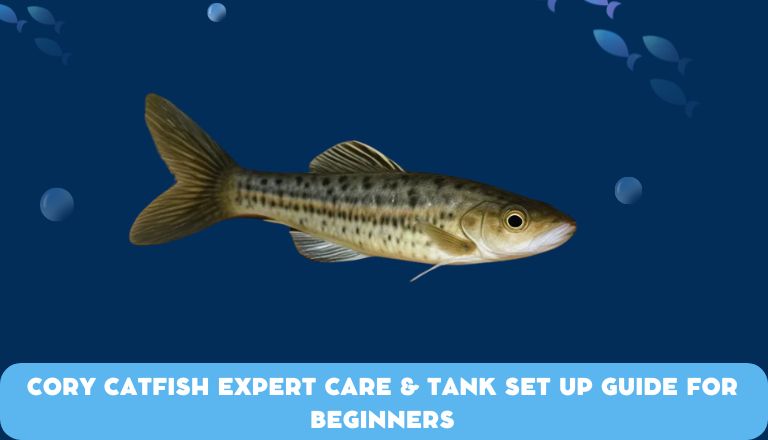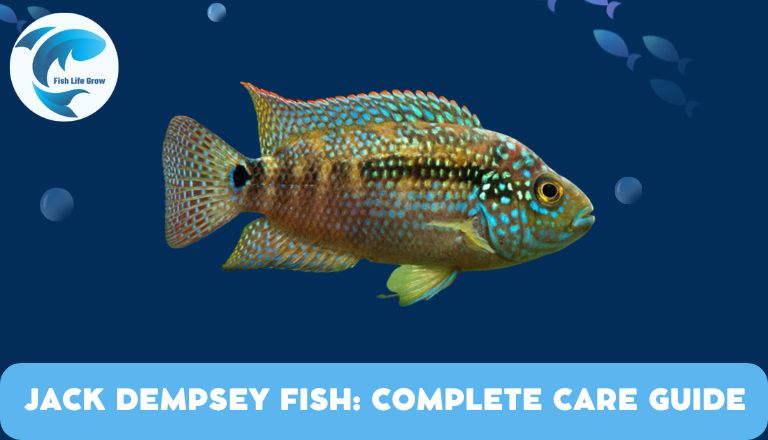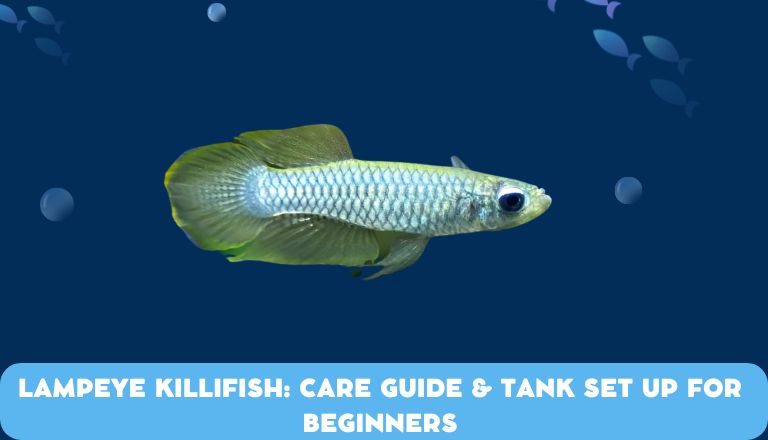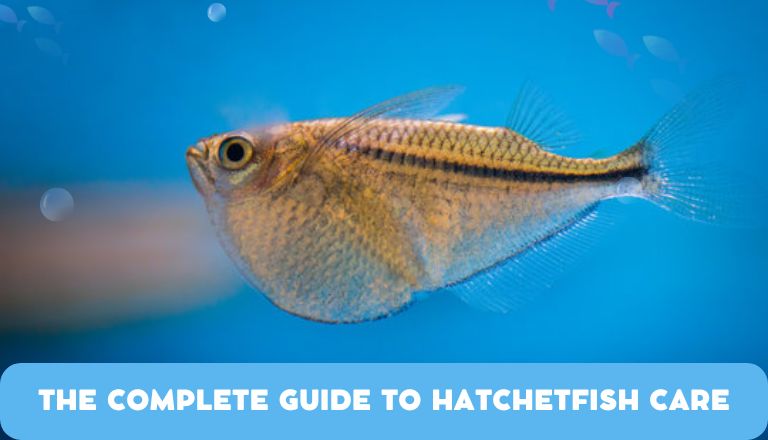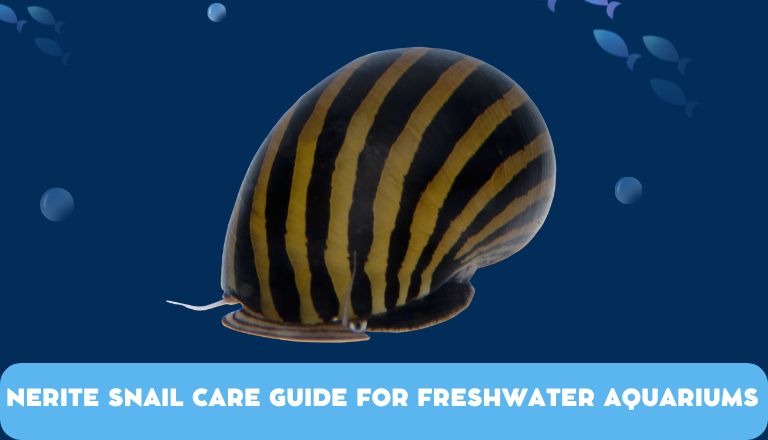Cory Catfish Expert Care & Tank Set Up Guide For Beginners
Come with me on a journey to learn about Cory Catfish. We will discover how to keep them happy and healthy in your aquarium. This guide will help beginners set up the right tank and substrate, and understand their social behavior.
Origin, Appearance, & Care Overview
The Cory Catfish, also known as Corydoras, is a small freshwater fish from South America, found in the Amazon River basin and its tributaries. They have long barbels that look like a cat’s whiskers. There are over 200 species of Corydoras, each with different colors and patterns, such as bronze cories and panda cories.
Summary
| Scientific name: | Corydoras paleatus |
| Common names: | Cory catfish, cory, cory fish, corydora catfish, corydora, armored catfish |
| Distribution: | Regions across South America |
| Size: | 1–4 inches |
| Life expectancy: | 3–5 years |
| Color: | Black, white, or brown, with dark spots or an orange stripe |
| Diet: | Omnivore |
| Temperament: | Peaceful |
| Minimum tank size: | 10 gallons |
| Temperature: | 70–78°F (21–25.5°C) |
| pH: | 5.5–7.0 |
| Hardness: | 5–10 dGH |
| Care level: | Easy |
| Breeding: | Egg-laye |
How to Care Cory Catfish?
To care for Cory Catfish, keep a clean tank with at least six of the same species. They like soft sand or gravel in their tank to protect their barbels while looking for food. Regular water changes and a balanced diet of sinking pellets or flakes are important for their health.
By creating a habitat similar to their natural environment and giving them the right food, you can enjoy watching these active bottom-dwellers in the tank.
Care Stats Overview
Cory Catfish live in a 20-gallon tank with a temperature of 72-78 F and a pH of 6.5-7.5. Keep kH levels stable at 2-15 dKH. Cory Catfish are peaceful and live at the bottom of the tank. They are calm and get along well with other fish. Feed them a mix of foods like shrimp, algae, and plants that sink to the bottom.
A varied diet helps them stay healthy and colorful.
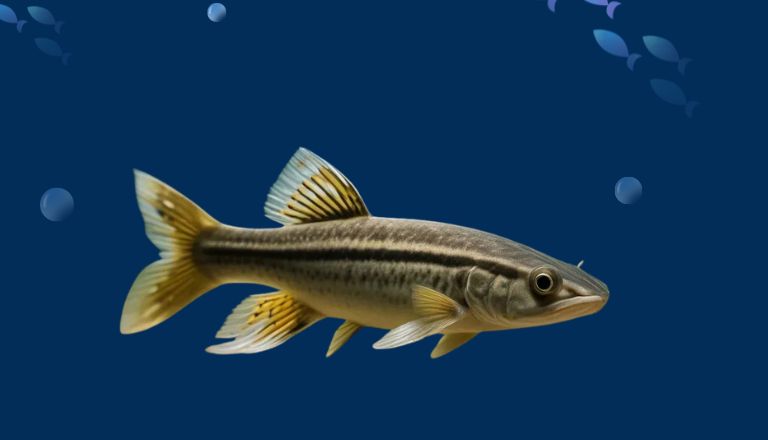
Scientific Classification
Cory catfish are small, peaceful fish that belong to the Corydoras genus in the Callichthyidae family. They are well-liked by aquarium owners for their social behavior and interactions. They have barbels near their mouths to find food in murky water.
Cory Catfish LifeSpan
Cory catfish can live for 5 to 10 years in captivity with good care, and some can live up to 15 years. To help them live longer, give them hiding spots and room to explore.
Making a caring environment that meets their needs will keep these fish healthy and happy for a long time.
Cory Catfish Size And Color
Male and female Cory Catfish look different. Males are smaller and slimmer, while females are larger and rounder. Fully grown males are about 2-2.5 inches long, while females can be 3 inches or more. Males are more colorful and have unique markings compared to females, who appear duller.
Fish breeders choose fish to breed based on their size and color. Male fish display their colors to attract female fish for mating. Knowing these differences keeps the tank peaceful by maintaining the right mix of genders and preventing fights.
Cory Catfish Care & Tank Set-Up
When taking care of these freshwater fish, make sure they have a large enough tank to swim and explore comfortably. These fish like to be in groups, so keep them together to reduce stress and encourage their natural behaviors. Keep the water clean and balanced for their health.
Tank Size & How Many Can Be Kept Together?
Corydoras like to be in groups of 6-8 and need a tank of at least 20 gallons for swimming and exploring.
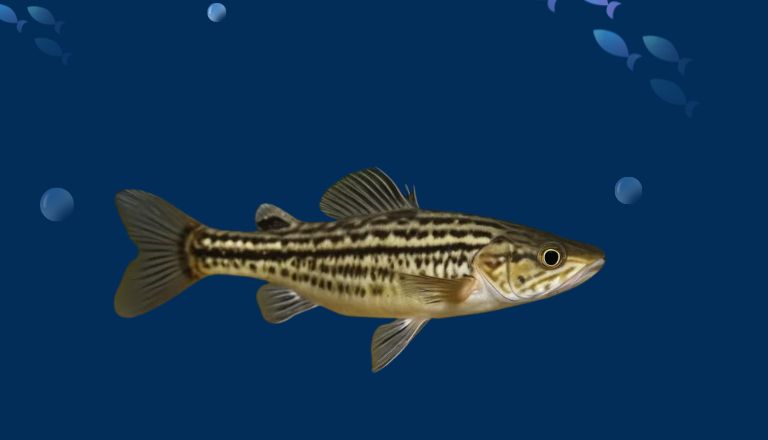
The Nitrogen Cycle
Good bacteria in the nitrogen cycle convert ammonia into nitrites and then nitrates, which are safer for fish. Testing and changing some water regularly maintains the nitrogen cycle in your aquarium.
Cory Catfish Water Parameters
Prepare the tank by keeping the water temperature between 72-78 F, maintaining a pH level of 6.5-7.5, and ensuring low ammonia and nitrite levels.
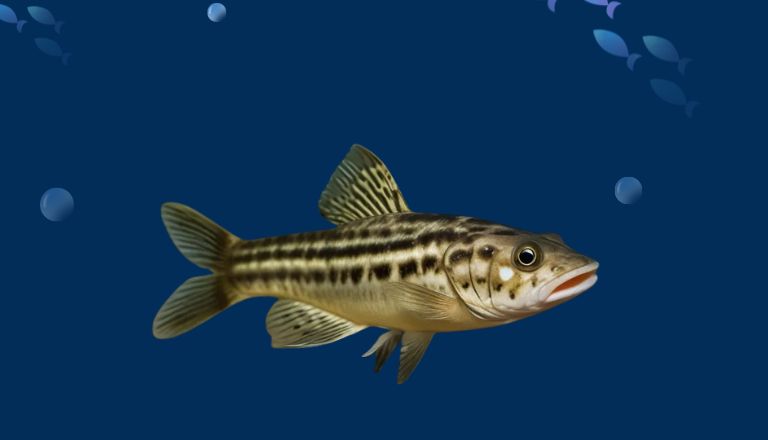
Tank Set-Up
To make your Corydoras happy, put live plants in their tank. Plants give them places to hide, clean the water, and help keep it healthy by absorbing nutrients and carbon dioxide. Use sandy substrate to mimic their natural habitat and let them search for food.
Check the water quality regularly, ensuring the pH and temperature are correct. Provide plenty of substrate and plants for a happy ecosystem that supports your catfish’s well-being in the aquarium.
Diet & Feeding
Feed your cory catfish a balanced diet to keep them healthy. Don’t just use leftover food in the tank. Give them sinking pellets, algae wafers, and live foods like bloodworms and brine shrimp. Fresh vegetables like zucchini or cucumber are also good.
Avoid overfeeding to keep the water clean. Watch how they eat and change their diet if needed. A varied diet helps them stay healthy and act naturally in the tank. Giving the right food will make your fish happy and healthy.
Behavior
Cory catfish are liked by aquarium fans for their fun behavior. These small fish are calm and enjoy swimming in the tank to find food. They are social and often interact with each other They communicate using body signals, like warning of danger or finding food. They have whisker-like barbels to help them search for food in the tank.
Cory Catfish Tank Mates
Choose peaceful tank mates for Cory Catfish that stay near the bottom and have similar water needs. Good options include small tetras like Neon or Ember Tetras, Rasboras, or Dwarf Gouramis.
Avoid aggressive or larger fish that could scare the gentle Cory Catfish. Watch out for territorial species that may cause stress and fights. A happy community tank with suitable mates will keep them healthy and make your aquarium look beautiful.
Breeding
Breeding Corydorascan be enjoyable for fish keepers. To help them breed, ensure their tank is clean with soft ground and hiding spots. You need both male and female fish in the tank for breeding. The males are smaller and thinner than the females.
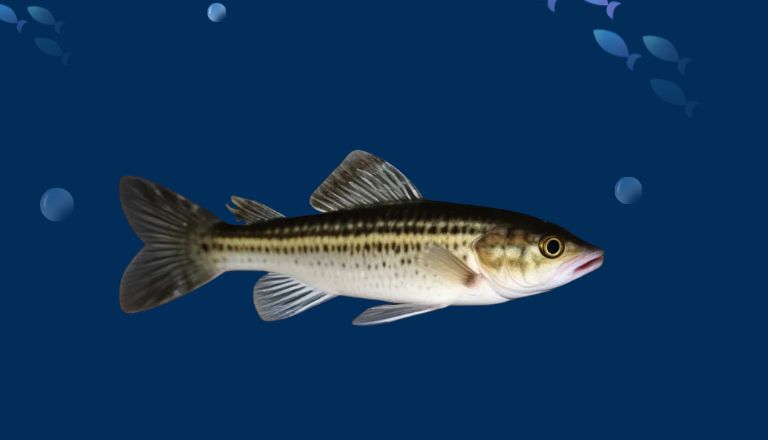
To start breeding, feed the fish high-protein food. Watch for signs that they are ready to mate, like chasing each other. After they lay eggs, move them to a different tank for safety. Take care of the eggs in the new tank by keeping the water clean and stable. With proper care, you will see baby Cory Catfish swimming in the tank.
Conclusion
Taking care of Cory catfish can be a great experience for new aquarium owners. By following care instructions and creating a good environment, you can keep your catfish healthy. Make sure to feed them well, keep the water clean, and give them enough room to live happily.
With the right information, you can make a nice home for these interesting fish. Learn more about caring to be a successful owner.
FAQs
How Many Cory Catfish Should be Kept Together?
Keep at least 6 catfish together to prevent stress. Keeping them in a group helps you observe their natural swimming behavior. Consider the size of your tank when deciding how many to keep – aim for 2-3 gallons of water per catfish.
Are Cory Catfish Aggressive?
They are peaceful and sociable fish that prefer living with other calm fish in community tanks. They may act territorial at times, especially when breeding or feeling threatened, but they generally get along with other fish. Offering hiding places and the right food can help avoid any aggression.
Do Cory Catfish Get Along with Other Fish?
Yes, They are friendly and peaceful fish that can live well with many other fish in a tank. Choose calm and friendly fish to keep with them, so they don’t get scared.
Can You Mix Cory Catfish with Goldfish?
It’s not a good idea to keep them together in the same tank. Corydoras like warm water, while Goldfish prefer cold water and produce a lot of waste. Goldfish eat a lot and may compete with Corydoras for food, leading to malnourishment and stress. Keep these fish in separate tanks with other compatible fish to maintain their health.
How to Tell if Cory Catfish are Happy?
To see if your cory catfish are happy, you can observe their behavior and appearance in the aquarium. Happy cory catfish are active swimmers. If they are swimming playfully and exploring their environment, it’s a good sign they are content.
Healthy cory catfish have bright colors and clear eyes. They should not be hiding constantly or showing signs of stress, such as rapid gill movement or erratic swimming patterns.

